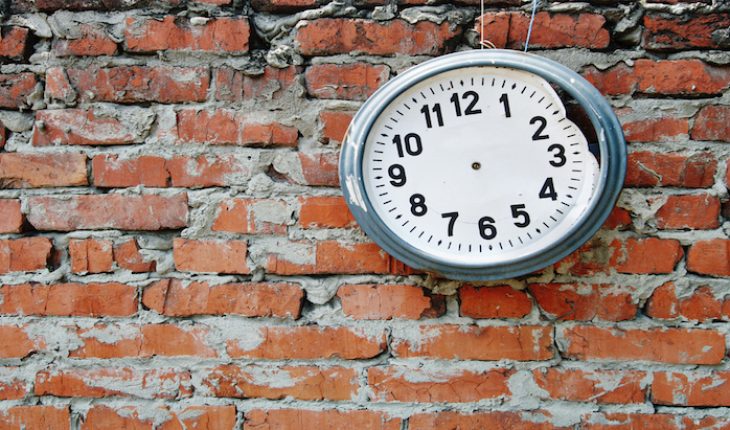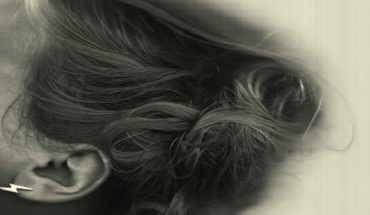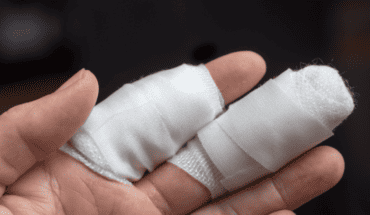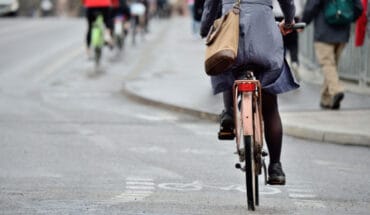Whatever hours you keep, and how many times you cross time zones, you can’t change your physiology. You are always going to be a 24-hour person, running on a precisely calibrated body clock which dictates when you feel sleepy, aroused, hungry, cooler and warmer. Although the sleep-wake cycle is the most obvious circadian rhythm, endocrine cycles also work to change our body’s physiology and there are even clocks within single cells.
Disrupting these circadian rhythms has been shown to cause significant ill health, but in the developed world, we almost all override our body clocks most of the time. Shift workers are perhaps the most disrupted of all, with an impact on wellbeing. Many studies have shown a link between female nurses on shifts and an increased risk of breast cancer for example. Disrupted circadian rhythms are also linked to metabolic syndrome and obesity, as well as diabetes.
How our bodies fall into 24-hour cycles (approximately) has only recently been uncovered. Specialist cells in the back of our eyes were discovered at the beginning of the 21st century which pick up blue light levels and directly communicate with the part of the brain that governs our 24-hour cycle, the hypothalamus. These cells evolved for pre-industrial lifestyles when we rose with the dawn and went to sleep with the onset of darkness. Today, when we rise later and stay awake late into the night, the cells are sending messages to a primitive part of the brain which the conscious brain needs to ignore. In order to do this, our body has to activate stress hormones to keep us alert. In the long term, this can lead to adrenal fatigue and a lowered immune system, and hence disease.
Even if we do try to maintain a sleep-wake cycle based on dawn and dusk (not possible in the Northern Hemisphere where this varies to extremes), our indoor lifestyles are already hindering the 24-hour body clock from working as it should. If you stand beside a window in a typical workspace, you are exposed to around 500-1,000 light units (“lux”), compared to 5,000-10,000 light units if you are standing in a shady spot outdoors. And if you stand in the sunlight, you are getting over 100,000 light units. These outdoor exposures are what trigger the body clock to keep us roused and alert during the day and sleepy at night. Without outdoor light, these messages are muted, which may be the reason that so many old people in dimly lit care homes find it hard to sleep at night but doze during the day.
Luckily, blue LED lights which mimic daylight can be installed in offices and homes to great effect – if they are used to back up available natural light. Tablets and iPhones also emit this blue light, so using them in bed can alter natural sleep patterns and make it harder to nod off.
An interesting study found that people who spent time camping quickly adopted a sleep-wake cycle linked to light and dark as their body clock was able to work without interference. But although this can give respite, a long-term solution has to be a more radical approach to how we work, rest and play.
- Hacking the 24 hour body clock - 15th August 2016







